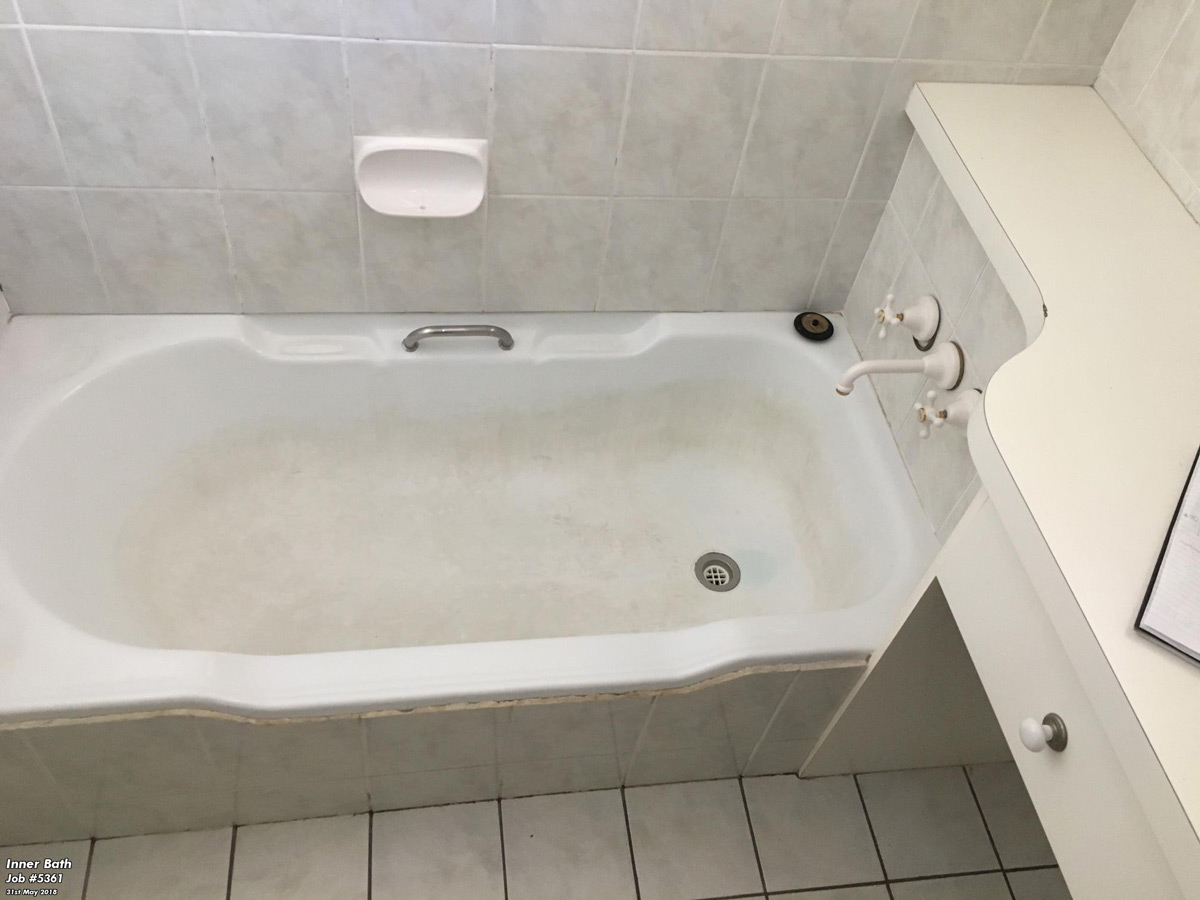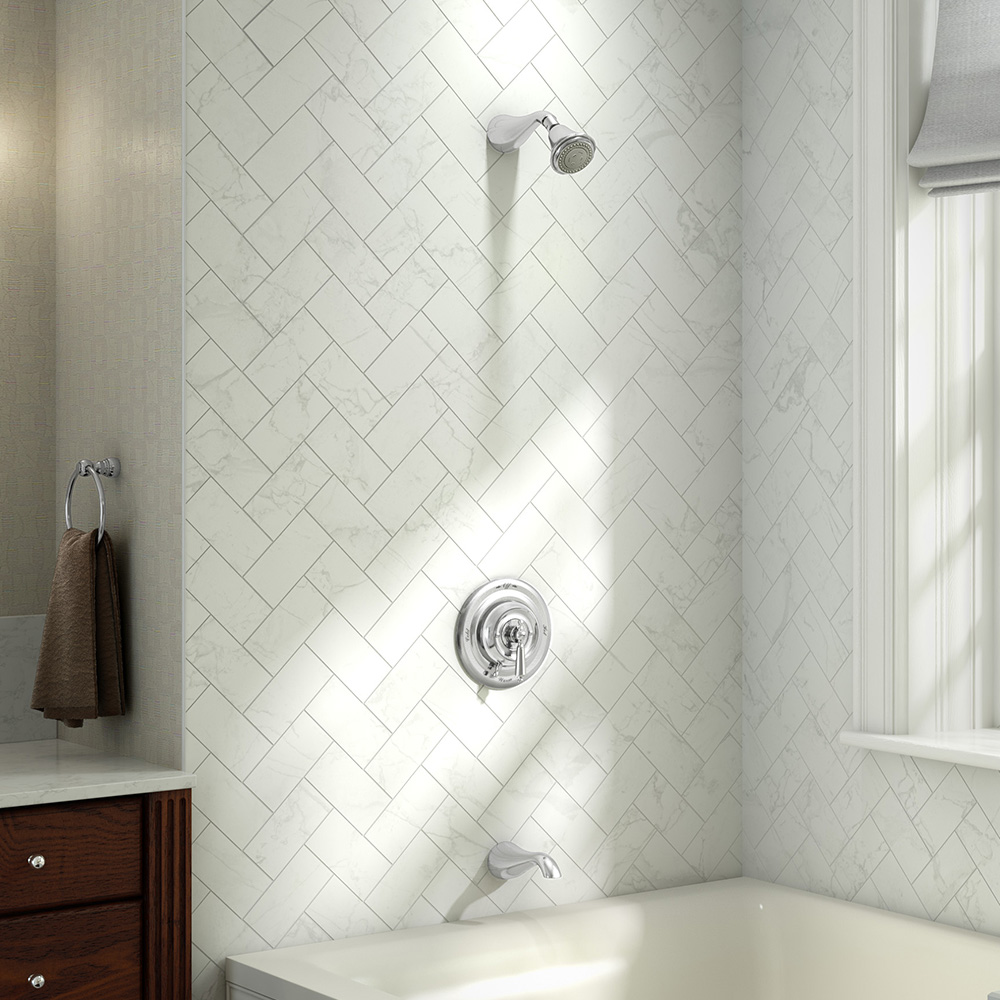{This Site Just about everyone has their personal way of thinking in relation to Hiring a Plumbing Company. We recommend that you clean your acrylic bathing product made of Delta ProCrylic or Acrylic with Innovex Technology with non-abrasive soaps and cleaners, such as: When it’s time to clean, always use a terry cloth towel, soft cloth or sponge to avoid scratching the acrylic surface. Don’t use abrasive scrubbing pads, steel wool or sponges, cause permanent damage to the acrylic material. If you use a drain cleaner or clog remover, be sure to rinse thoroughly with water so no product is left standing near the drain. Some chemicals and cleaners may deteriorate acrylic surfaces, causing cracks and, potentially, property damage. To avoid this, don’t use cleaning products that state on their label that they are not suitable for use on Acrylic, ABS, Polystyrene or Plastic. Be sure to check the label of any product before you apply it to the surface; it’s easier to avoid damage than to try to remedy it. Chemicals we do not recommend using to clean acrylic showers/tubs: When you’re ready to apply sealant, a little planning goes a long way. Pick up some painter’s tape and use it to mask off the seam to help make cleaning up easier. When you’re applying the bead, use a constant, steady speed to avoid an uneven finish. Use a caulk tool or a plastic spoon to work the sealant into the joint. Wetting the tool with denatured alcohol will help create a smooth finish. Follow the directions on the back of the tube for cure time. Certain chemicals and cleaners may deteriorate acrylic surfaces, causing cracks and, potentially, property damage. After you’re finished applying it, clean up the product surface and remove any excess sealant with denatured alcohol. Don’t use solvents (turpentine, lacquer thinner, mineral spirits, paint thinner, MEK, xylene, acetone, naphtha, etc.) that can wreak havoc on an acrylic surface. With a little care and consideration, you can prevent damage to your acrylic shower or tub. Keep a supply of soft cloths handy and remove any damaging products or abrasive scrubbing items from the bathroom to ensure they aren’t around when it’s time to clean. https://www.deltafaucet.com/design-innovation/inspiredliving/how-to-clean-acrylic-shower As a fervent person who reads on Hiring a Plumbing Company, I thought sharing that segment was a great idea. Make sure you take a moment to promote this blog post if you liked it. Thank you for your time. Kindly visit our blog back soon.
Acrylic bathrooms, shower trays, and also other acrylic bathroom ware have ended up being extra usual in washrooms in recent times. Not as classy as well as long lasting as enamel as well as porcelain baths and components, they are much more economical as well as offer quite much the same basic objective. Some usual examples of damages to acrylic washroom fixtures consist of staining, fractures, holes, etc.Scraped shower or bathroom surface
Acrylic washroom components are not abrasion-resistant like enamel selections. Being a very soft product, acrylic scratches can even be hidden without finish or filling. For these, you need to seek professional assistance for your bathroom repairs.Chain reaction
Often, people attempt to repaint the whole surface of their acrylic bathroom by themselves either due to the fact that they do not like the color to conceal acnes. You must never use paint cleaner on acrylic baths. Paint cleaners do not react with the surface area of steel baths, they ruin acrylic baths irreversibly.Bathroom Staining
With prolonged use acrylic bathrooms comes discoloration or staining. While some stains can be eliminated quickly, using unique chemicals, others need that the bath be resprayed. It is important to keep in mind that bleach or detergents do very little in getting rid of such discoloration and they might also intensify it. A lot of times, these cleaning agents induce discoloration over time. Aromatherapy oils loosen up the dirt in some cases consequently restoring the bath to its former splendor. Cleansing and polishing likewise occasionally. For more persistent discolorations, you will need a brand-new layer of covering. This type of fixing will require a professional.Fractured Polymer Baths
The lifespan of acrylic and also fiberglass bathrooms is up to 15-20 years for shower pans as well as baths, normally. Fractures in an acrylic shower tray are probably amongst the simplest issues to repair for a repair expert. This is the very same for PVC, material, as well as other such materials.
Polymer baths, shower trays, and various other acrylic bathroom ware have become a lot more usual in restrooms in recent times. You ought to never ever utilize paint eliminator on acrylic baths. Paint removers do not react with the surface area of steel bathrooms, they ruin acrylic baths irreversibly. With extended usage of acrylic bathrooms comes staining or discoloration. The life expectancy of acrylic and also fiberglass baths is up to 15-20 years for shower frying pans as well as bathrooms, usually.How to clean Acrylic shower
USE THESE NON-ABRASIVE CLEANERS
DO NOT USE THESE CLEANERS
Sealant Application Tips

Instant Quote
5 Things Nobody Tells You about Shower & Bathtub Wall Panels
Call